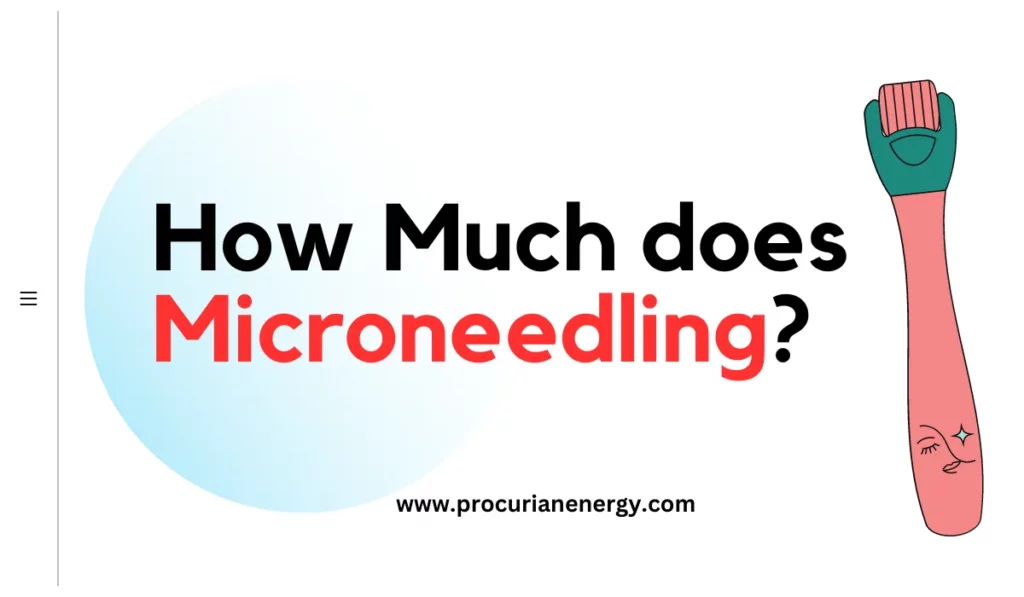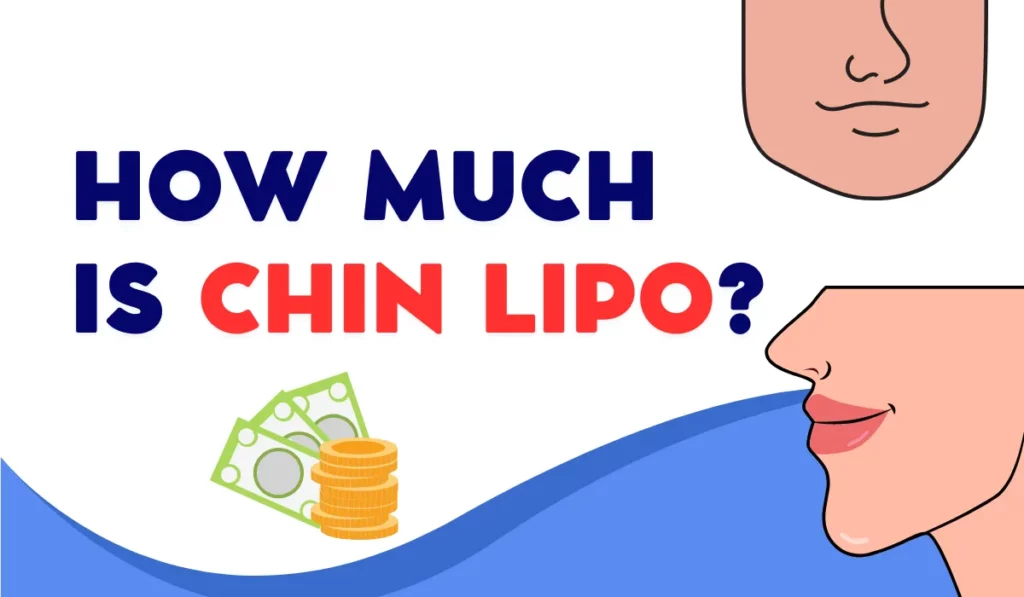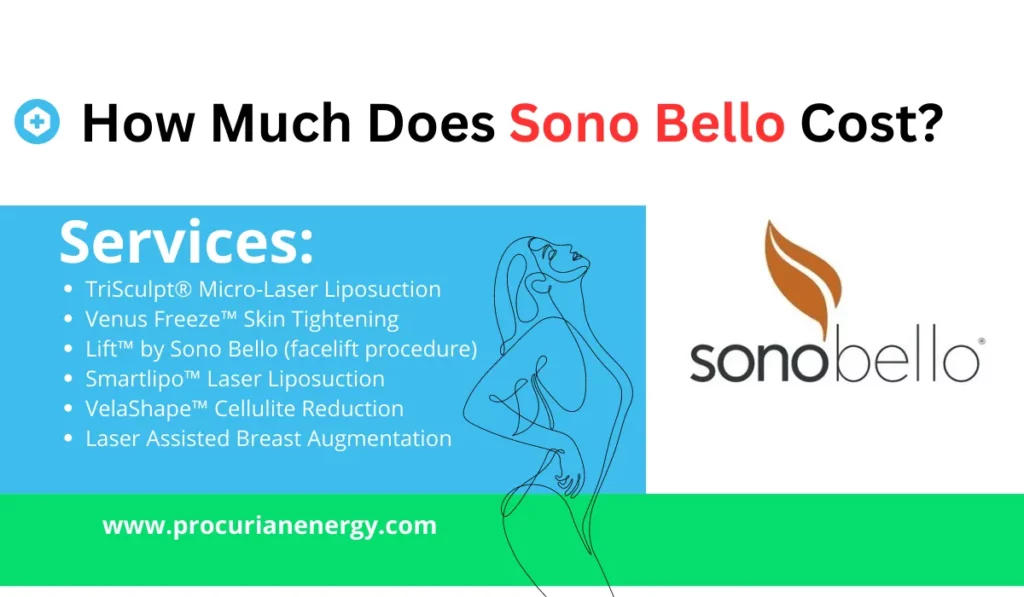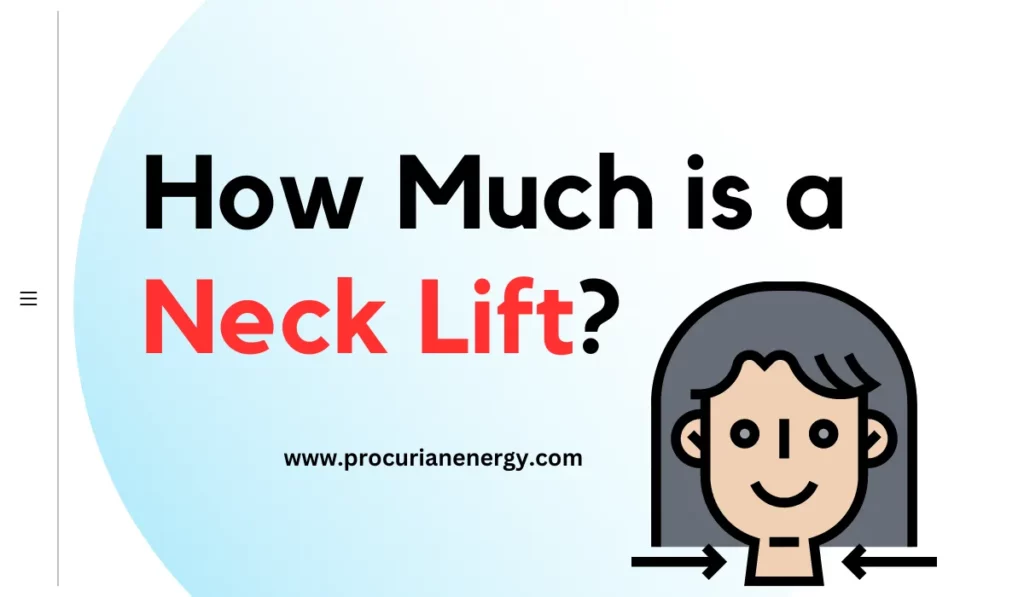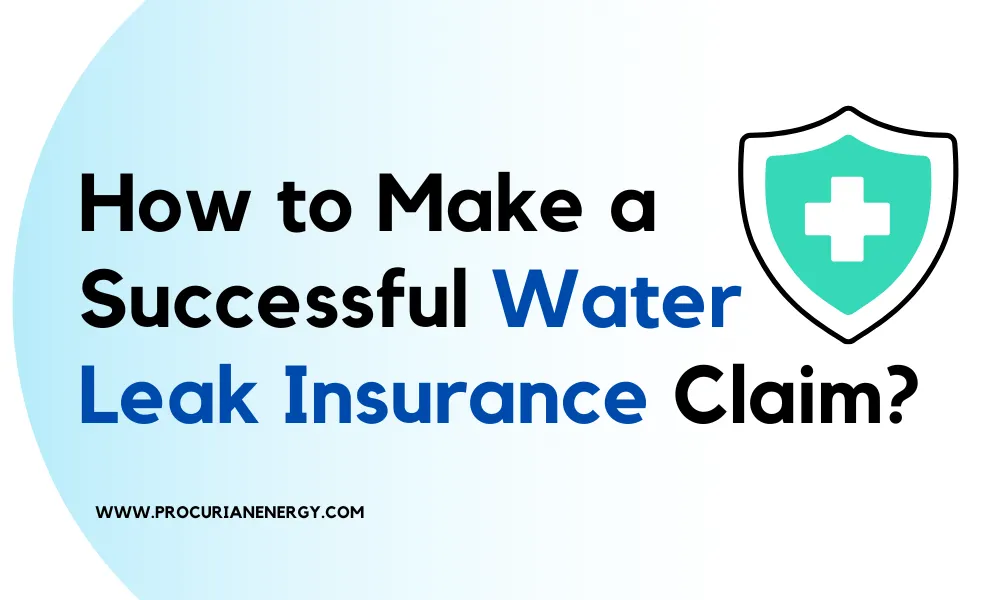Living with a permanent partial disability (PPD) can be a life-altering experience for individuals and their families.
It is crucial to understand how long does permanent partial disability last.
In this blog, we will explore the intricacies of PPD, the eligibility and application process for benefits and the factors that determine how long PPD benefits may last.
What is Permanent Partial Disability (PPD)?
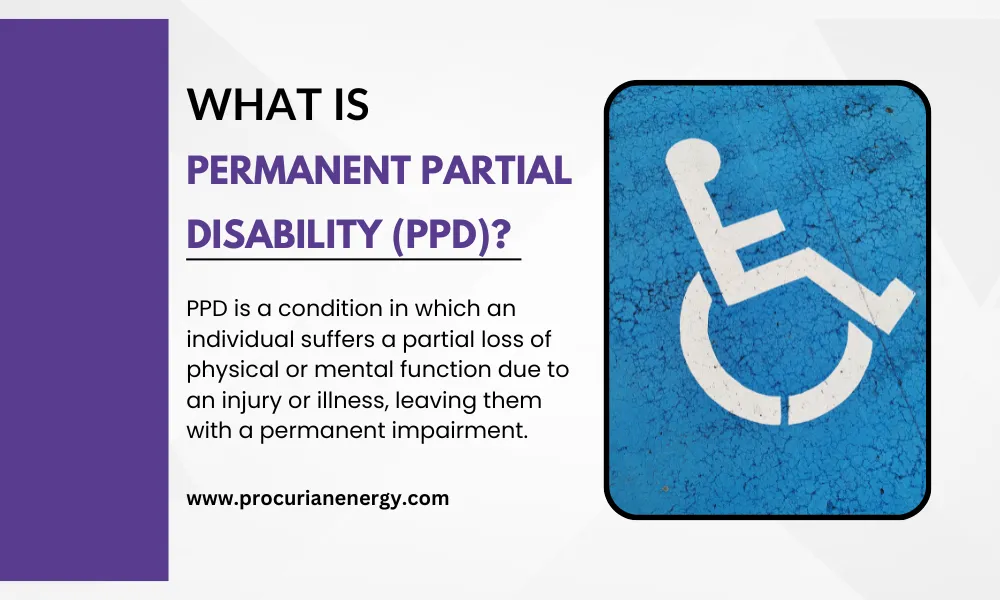
PPD is a condition in which an individual suffers a partial loss of physical or mental function due to an injury or illness, leaving them with a permanent impairment.
Unlike total disability, PPD allows the individual to engage in some form of gainful employment, even though they may not be able to return to their previous occupation.
The extent of the impairment is determined through medical evaluations and assigned an impairment rating, which plays a significant role in calculating benefit duration.
Difference between Disability and Partial Disability
Write a table for “Difference between Disability and Partial Disability”ChatGPT
| Disability | Partial Disability | |
|---|---|---|
| Definition | Complete inability to perform tasks or engage in substantial gainful activity due to impairment | Inability to fully perform specific tasks or activities due to impairment resulting from injury or illness. |
| Level of Impairment | Severe impairment affecting all aspects of daily life and work. | Partial loss of physical or mental function while still being able to engage in some form of gainful employment. |
| Benefit Eligibility | Eligible for Total Disability benefits. | Eligible for Partial Disability benefits. |
| Benefit Calculation | Benefits may be calculated based on factors such as pre-injury wages, medical evidence and the extent of disability. | Benefit duration and amount are determined by the impairment rating assigned by medical evaluations and state-specific laws. |
| Return to Work | Unlikely to return to previous employment due to severe impairment. | May be able to return to work, but with some restrictions or accommodation. |
| Duration of Benefits | Ongoing benefits as long as the disability persists and meets the eligibility criteria. | Benefits last until the individual reaches Maximum Medical Improvement (MMI), beyond which they may transition to other benefits. |
| Legal Considerations | May require extensive legal support to prove eligibility and obtain adequate compensation. | Legal assistance may be needed for filing claims and navigating the complex workers’ compensation system. |
How Long does Permanent Partial Disability Last?
Permanent partial disability (PPD) benefits typically last for the duration specified by the relevant laws and regulations governing workers’ compensation or disability insurance in a particular jurisdiction.
The duration of PPD benefits is influenced by various factors.
One key element is the impairment rating assigned during medical evaluations. The impairment rating typically represents the percentage of functional loss the individual has experienced due to the disability. Higher impairment ratings usually correlate with more extended benefit durations.
For example, if a worker receives an impairment rating of 20% due to a work-related back injury, they might be entitled to benefits for a predetermined number of weeks based on their state’s workers’ compensation laws. The specific calculation may consider factors such as the individual’s pre-injury wages and the percentage of the impairment.
State-Specific Variations in PPD Duration
It’s essential to recognize that PPD benefits can vary significantly from one state to another.
Each state has its own laws and regulations governing workers’ compensation and PPD benefits.
Some states may provide more extended benefit durations for certain types of impairments, while others might have shorter benefit periods.
Understanding the specific laws in your state is crucial to managing your expectations regarding benefit duration.
Additionally, the concept of maximum medical improvement (MMI) plays a significant role in determining PPD duration.
MMI refers to the point at which the individual’s medical condition has stabilized and is unlikely to improve significantly. PPD benefits typically extend until MMI is reached, but after that point, the individual may transition to other forms of disability benefits.
Challenges and Appeals in PPD Benefit Duration
Navigating the workers’ compensation system can be challenging and some claimants may face disputes or denials regarding the duration of their PPD benefits.
Common challenges are:
- disagreements over impairment ratings,
- disputes over whether the impairment is indeed work-related.
In such situations, claimants have the right to appeal the decision and present additional evidence to support their case.
People should seek representation from lawyers throughout the appeals process to ensure their rights are maintained and to increase their chances of victory.
Transitioning from PPD to Other Benefits
As PPD benefits near their end, individuals may need to consider their options for ongoing financial support.
If their impairment prevents them from engaging in any gainful employment, they might be eligible for permanent total disability (PTD) benefits, which offer more extensive financial assistance.
Alternatively, vocational rehabilitation programs can assist individuals in re-entering the workforce by providing job training and support.
The Role of Medical Treatment and Rehabilitation
To make the most of their PPD benefits, individuals must prioritize ongoing medical treatment and rehabilitation.
Continued medical care not only helps manage their condition but also provides essential evidence for any future appeals or benefit extensions.
Rehabilitation services including physical therapy and occupational therapy, can improve functionality and overall quality of life.
Future Considerations and Changes in PPD Benefits
As laws and regulations regarding workers’ compensation evolve, so too may the duration and calculation of PPD benefits.
Legislative changes could impact how benefits are awarded, making it essential to stay informed about any updates that may affect your case.
Additionally, advancements in medical technology and disability evaluation methods may influence how PPD benefits are determined in the future.
Is permanent partial disability for life?
Yes, permanent partial disability implies lasting impairment but not total incapacitation.
The disability is permanent in the sense that it is expected to endure but it doesn’t necessarily mean it will remain at the same level throughout life.
The extent of the disability may vary depending on medical conditions and other factors.
What is an example of permanent impairment?
Example of permanent impairment- A person losing a limb such as an arm or leg, due to a traumatic accident. This physical condition is irreversible and can significantly impact the individual’s daily life, mobility and functionality.
Can you get partial disability and still work?
Yes, it is possible to receive partial disability benefits and still work. The amount of disability benefits will be adjusted based on your income and the level of disability.
What gives the highest disability rating?
The highest disability rating is typically given to individuals with severe, permanent and total impairments that significantly affect their ability to perform daily activities or maintain gainful employment.
In most disability rating systems, such as the one used by the U.S. Department of Veterans Affairs (VA), a 100% disability rating is granted to those with complete and total disability.
Can I increase my disability rating?
To increase your disability rating, follow these steps.
1) Request your current rating and review your disabilities.
2) Gather evidence of worsened conditions, new disabilities, or impacts on daily life.
3) File a claim for an increase with the Department of Veterans Affairs (VA) or relevant disability program.
4) Include all medical records, doctor’s statements, and other relevant documentation.
5) Attend any required medical evaluations.
6) Await the decision from the VA.
7) If denied, appeal with additional evidence if necessary. Consult a veterans’ service organization or disability attorney for assistance throughout the process.
What is the 5 year rule for Social Security disability?
The 5-year rule for Social Security Disability Insurance (SSDI) states that individuals must have accumulated enough work credits within the past five years before becoming disabled to qualify for benefits.
It ensures applicants have recent work history, typically requiring 20 credits earned in the last 10 years before disability onset.
What is permanent partial disability in Georgia?
Permanent partial disability benefits are awarded based on the extent of the impairment, which is assessed using medical evidence and guidelines provided by the Georgia State Board of Workers’ Compensation.
The severity of the impairment is determined by medical evaluations and compensation is provided based on a schedule of benefits established by the state.
How long does disability take in Texas?
Typically, it can take three to four months to complete the application process, undergo evaluations and receive a decision.
Some applicants may experience delays due to a backlog of cases or the need for additional documentation.
It’s essential to start the application as soon as possible and be prepared to provide all necessary medical and financial information to expedite the process.
What is permanent partial disability in Maryland?
Permanent complete disability in Maryland is equal to two-thirds of the average weekly salary of the injured employee but it cannot be more than the weekly average wage of the State.
Permanent Partial Disability FAQs
What is Permanent Partial Disability (PPD)?
A long-term impairment resulting from an injury that doesn’t fully disable but affects function.
How long does PPD coverage last?
Coverage varies; it might be a specific period or until medical improvement reaches maximum.
Can PPD benefits be permanent?
Yes, in some cases, PPD benefits can last a lifetime if the injury’s effects are permanent.
Is there a fixed duration for PPD benefits?
No, the duration depends on factors like state laws, medical assessments and disability severity.
Can PPD benefits be extended?
Benefits may be extended if the disability worsens or medical evidence supports continued compensation.
Do PPD benefits change with age?
Typically, age isn’t a direct factor but disability severity and inability to work affect benefits.
Can PPD benefits end if I return to work?
If you can work despite the impairment, benefits might decrease or end based on earnings.
Can I receive PPD benefits for multiple injuries?
Yes, benefits may be combined if separate injuries lead to cumulative impairments.
Can I appeal PPD benefit decisions?
Yes, you can appeal if you disagree with the assessment or denial of PPD benefits.
